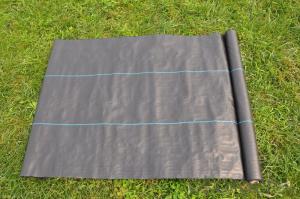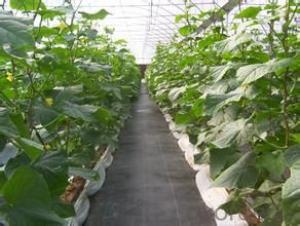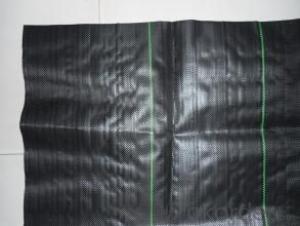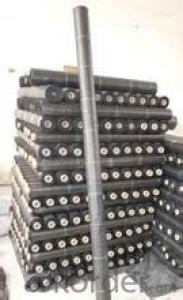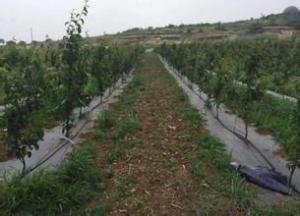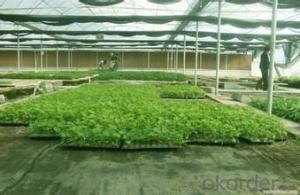Silt Fence with Pocket & Wooden Stake/ Polypropylene Fabric with 100g
- Loading Port:
- China main port
- Payment Terms:
- TT OR LC
- Min Order Qty:
- 5000 roll
- Supply Capability:
- 100000 roll/month
OKorder Service Pledge
OKorder Financial Service
You Might Also Like
1. Landscape Fabric Introduction
Landscape fabric is made of environmentally friendly raw materials, pp spunbond nonwoven fabric. It used to prevent the growth of weed, without the use of potentially dangerous chemical sprays or labor intensive hoeing. Once installed, weed mat will continue providing protection for years without maintenance.

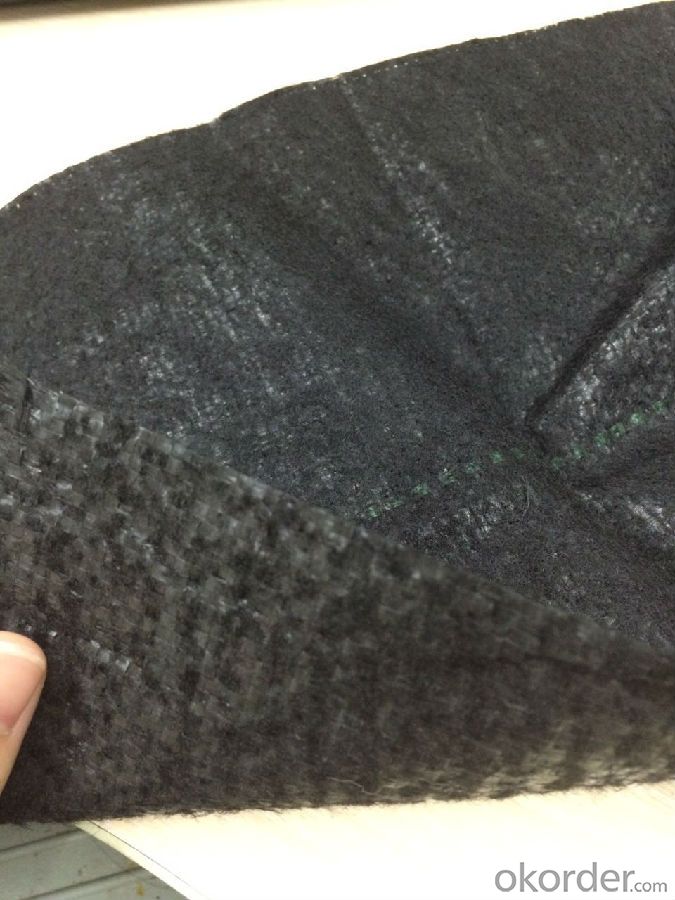
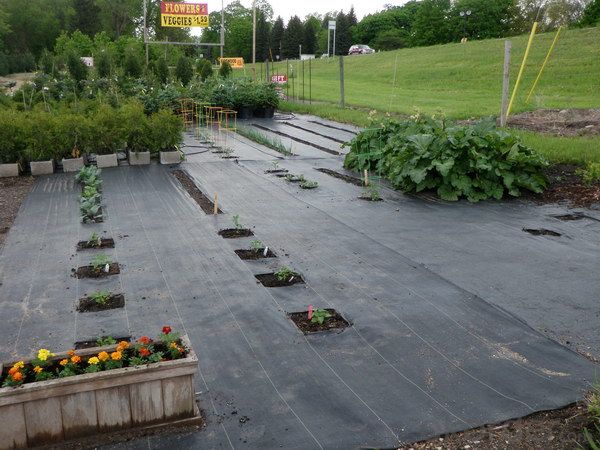
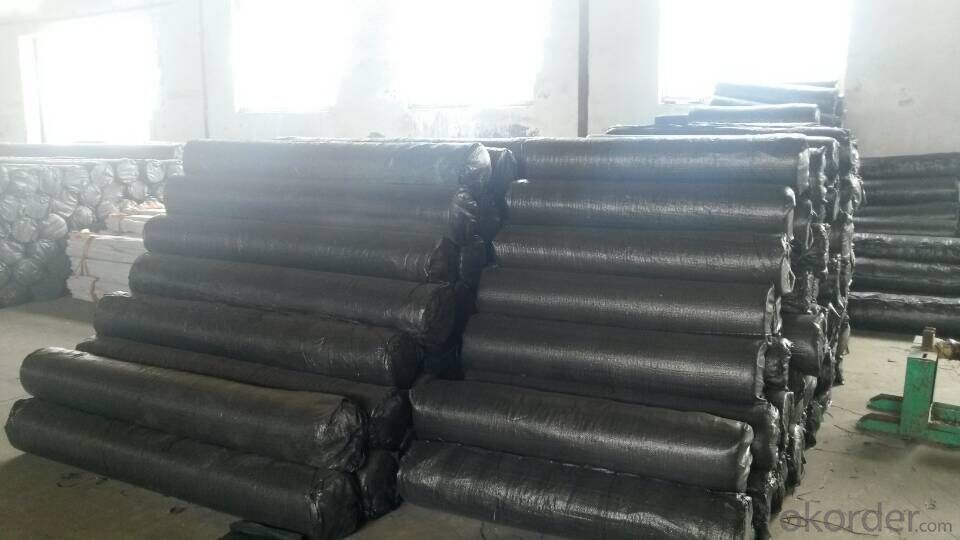
2. Landscape Fabric Feature:
1. Weed suppressant and drainage control landscaping fabric
2. Spun bonded non-woven fabric – will not fray when cut
3. Easy to use
4. Environmentally friendly
5. Allows water, air and nutrients through, suppressing weeds without the use of chemicals
6. Good alternative to Plantex® where cost is a factor
7. UV Stabilised
8. Reduces the level of watering required due to the slower rate of water evaporation
3. Production Function:
1. Cover crops in the ground surface,prevent weeds and against the insect
2. Controlling soil humidity and the temperature
3. Does not affect the growth of the crops
4. Protects plants from harmfully solar radiation
5. Air permeability, water permeability help crops growth.
6. Mothproof, eco-friendly, breathable, anti-bacteria, tear-resistant, fusible
4. Landscape Fabric Applications:
1. Weed block for landscaped garden beds
2. Permeable liners for planters (stops soil erosion)
3. Weed control under wooden decking
4. Geotextile for separating aggregate / soils under walkway blocks or bricks
5. Assists in preventing paving from settling unevenly
6. Landscape fabric prevents soil erosion
5. FAQ:
Q1: What is your minimum order quantity?
A:The minimum order quantity is 5000 ,but it is negotiable.
Q2:What is your payment terms?
A: T/T,Western Union,Paypal,L/C...
Q3:What is your delivery time?
A:Production time usually costs 2-20 days.
Waiting to cooperate with you!
- Q:How do geotextiles help in reducing the risk of landslides?
- Geotextiles help in reducing the risk of landslides by providing reinforcement and stabilization to soil slopes. They are placed within the ground to act as a barrier, preventing the movement of soil and reducing erosion. Geotextiles also improve drainage and promote the proper flow of water, reducing the build-up of excess moisture that can contribute to landslides. Overall, geotextiles play a crucial role in enhancing the stability and resilience of slopes, mitigating the risk of landslides.
- Q:What are the advantages of using geotextiles in green building design?
- Geotextiles offer several advantages in green building design. Firstly, they help in erosion control by preventing soil erosion and protecting the surrounding environment. Secondly, geotextiles act as a filtration system, promoting water drainage while retaining fine particles, thus enhancing water quality. Additionally, they provide stability and reinforcement to the soil, ensuring the structural integrity of the building's foundation. Geotextiles also aid in weed control by preventing the growth of unwanted vegetation. Lastly, these materials are often made from recycled materials, making them an eco-friendly choice for sustainable construction practices.
- Q:What are the different geotextile filter criteria?
- The different geotextile filter criteria include permeability, retention, durability, and compatibility with the surrounding soil or materials.
- Q:How do geotextiles contribute to soil stabilization in mining areas?
- Geotextiles contribute to soil stabilization in mining areas by providing reinforcement and erosion control. They can be used as a barrier to separate layers of different soil types, preventing mixing and maintaining stability. Geotextiles also help in reducing soil erosion by acting as a filter, allowing water to pass through while retaining fine particles. Additionally, they enhance the load-bearing capacity of the soil, increasing its stability and preventing slope failures.
- Q:What are the environmental impacts of geotextile production?
- The environmental impacts of geotextile production include energy consumption during manufacturing, emissions of greenhouse gases, water and air pollution from chemical processes, and the generation of solid waste. However, compared to traditional construction materials, geotextiles have lower environmental impacts in terms of resource consumption, carbon emissions, and waste generation.
- Q:Can geotextiles be used in dam construction?
- Yes, geotextiles can be used in dam construction. Geotextiles are commonly used in dam construction as they provide various benefits such as erosion control, filtration, and reinforcement. They help in stabilizing the soil, preventing soil erosion, and providing drainage, ultimately enhancing the overall performance and longevity of the dam structure.
- Q:Pvc tube outsourcing geotextile, how to count how much geotextile
- Calculate the circumference of the bottom of the pipe by the diameter of the pipe, and the length of the pipe is multiplied by the length of the pipe, which is the area of the geotextile. Huazhi geotechnical materials manufacturers to answer your questions
- Q:What are the environmental impacts of using geotextiles?
- The use of geotextiles can have several positive environmental impacts. They help prevent soil erosion by stabilizing slopes and retaining sediment, which reduces the amount of pollutants entering water bodies. Geotextiles also promote vegetation growth by acting as a barrier against weeds and protecting newly planted seeds. Furthermore, they can be used in landfills to prevent leachate contamination and promote proper waste management. Overall, geotextiles contribute to sustainable land use and reduce the negative environmental effects associated with erosion and pollution.
- Q:The properties of woven geotextiles
- Product features: 1, with a reinforcement function: to stabilize the project in the course of prolonged use of the transfer occurred, and can be the role of the soil in the local stress transmission or assigned to a larger area. 2, with the role of separation: woven geotextile with different geotechnical structure to form a stable interface, in accordance with the requirements to play their own characteristics and the overall role. 3, the role of drainage filter: allow moisture to block the loss of sand particles, in the drainage of geotextiles on the poor water in the soil can play the water along the geotextile quickly discharged the purpose. 4, the geotextile and geomembrane used in two different pressures between the material can play a role in tension diaphragm. 5, with a block function: the geotextile placed in the flow of liquid with suspended particles in the channel to organize fine mud particles, and allow the liquid through the function. 6, play the role of cushion mat: the geotextile placed on the slope can prevent the soil particles due to the erosion of rain and the loss or planting turf.
- Q:What are the key factors affecting the interface friction of geotextiles?
- The key factors affecting the interface friction of geotextiles include the type and properties of the geotextile material, the roughness of the contacting surfaces, the normal stress applied, the moisture content, and the presence of any contaminants or fines in the soil or geotextile.
1. Manufacturer Overview |
|
|---|---|
| Location | |
| Year Established | |
| Annual Output Value | |
| Main Markets | |
| Company Certifications | |
2. Manufacturer Certificates |
|
|---|---|
| a) Certification Name | |
| Range | |
| Reference | |
| Validity Period | |
3. Manufacturer Capability |
|
|---|---|
| a)Trade Capacity | |
| Nearest Port | |
| Export Percentage | |
| No.of Employees in Trade Department | |
| Language Spoken: | |
| b)Factory Information | |
| Factory Size: | |
| No. of Production Lines | |
| Contract Manufacturing | |
| Product Price Range | |
Send your message to us
Silt Fence with Pocket & Wooden Stake/ Polypropylene Fabric with 100g
- Loading Port:
- China main port
- Payment Terms:
- TT OR LC
- Min Order Qty:
- 5000 roll
- Supply Capability:
- 100000 roll/month
OKorder Service Pledge
OKorder Financial Service
Similar products
New products
Hot products
Related keywords
